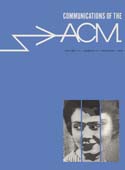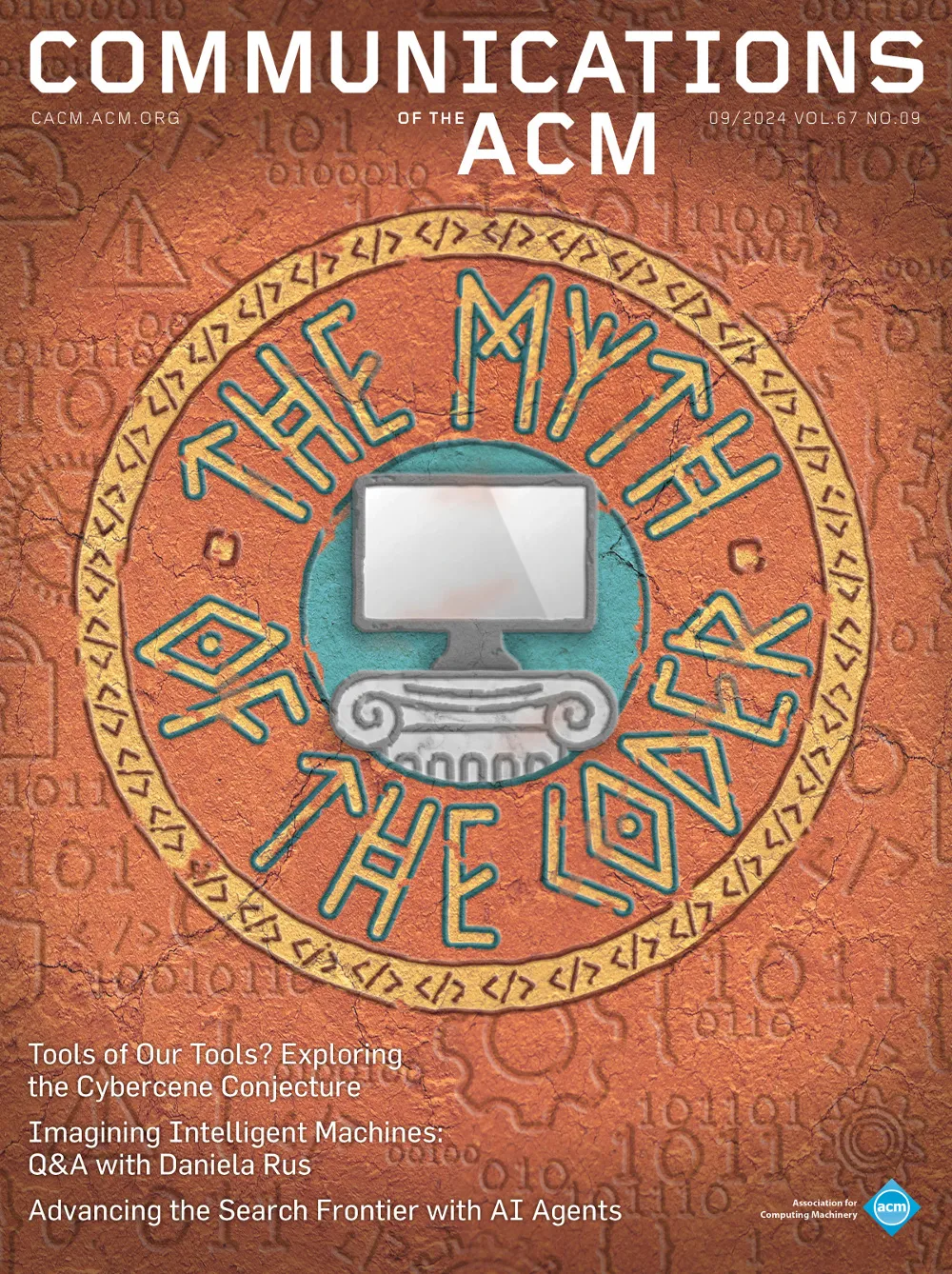President’s letter to the ACM membership: The journal
A great deal of concern has been expressed to me and to members of the Executive Committee and the Editorial Board about the new status of the Journal. Obviously, the concern is not over the $3 needed to subscribe to the Journal in the future. Those who are worried about the change, which substituted the new Computing Surveys for the Journal, see it as one more step in a process of change within ACM that has been going on for some time. They argue that the Association began as an academic, scientific, professional organization concerned with the more formal mathematical and scientific aspects of information processing, and their concern that the organization has changed character is quite legitimate.




